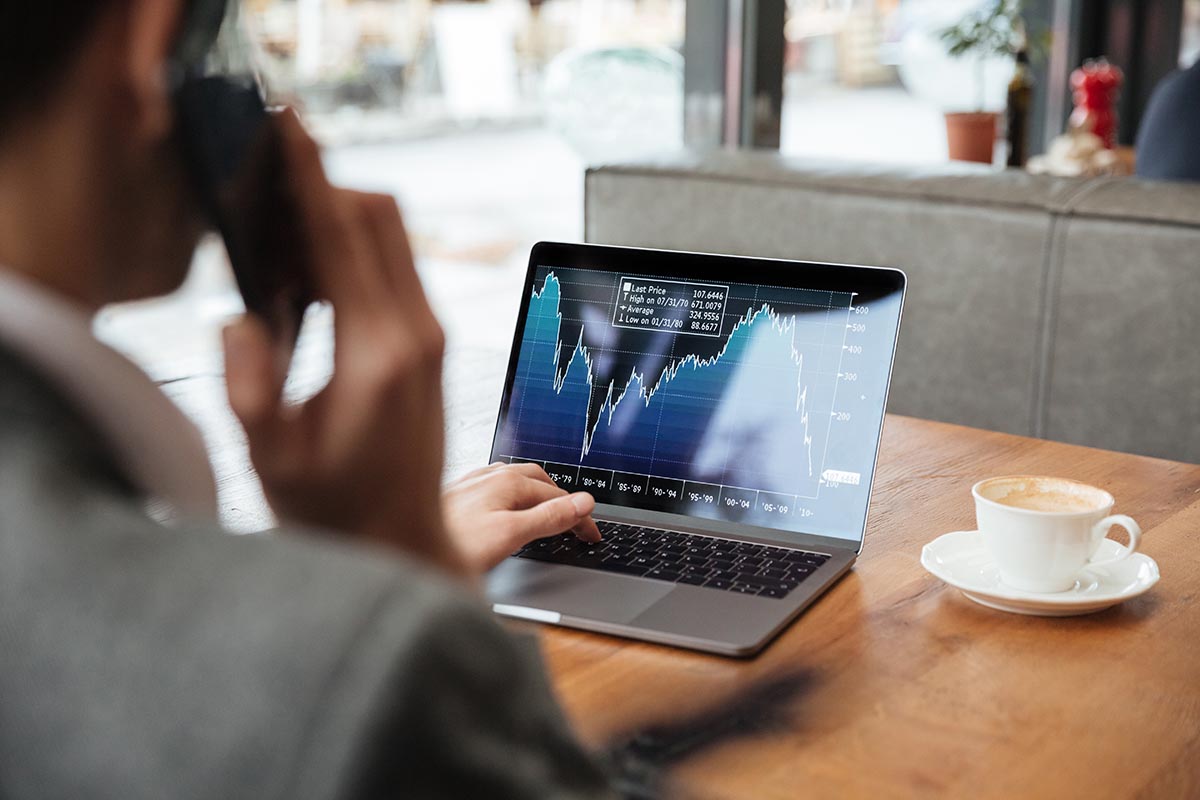Pump and Dump: How to Spot Trading Scams
You might think that financial markets which see trillions of dollars pass through them every week are immune to manipulation and significant scams. But the truth is every global market you can think of, from stocks to forex, has at one time or another been the subject of fraud that can destroy lives and livelihoods in the blink of an eye.
While some of the tactics deployed by fraudsters and scammers are sophisticated – befitting of our digital age, others can be spotted a mile away if you know what to look for. From ‘pump and dumps’ to point-spread manipulation, here are some of the scams you should be looking out for to ensure you can avoid Forex fraud and invest your money with complete peace of mind.
Pump and dump
Curiously, we live in a world where internet ‘influencers’ wields as much power as successful business people and entrepreneurs – despite nobody taking the time to question their credentials or what might be in it for them to promote particular products and services.
That’s crucial in a trading sense because influencers can promote a particular stock, cryptocurrency, or forex pair – and then sell their holding at an inflated price when susceptible buyers begin investing. This is known as a ‘pump and dump,’ which is illegal manipulation and, sadly, it is pretty prevalent in the unregulated crypto market.
But that’s not to say coordinated pump and dumps don’t happen in the stock market, and the GameStop fiasco in 2021 was one such scenario. Those behind the scam might describe it as a short squeeze. Still, the truth was that greed drove the members of the Reddit group WallStreetBets to pump the ailing firm’s share from value from $4 to $483 in a matter of weeks – and it was naïve investors, late to the party, who were hurt the most when the originators of the plot sold their holding and forced the price down.
Traders should also be aware of the opposite side of the coin – the ‘poop and scoop.’ Here, influencers will spread malicious gossip about a company, which is often later proven to be false, so that they can buy into an asset cheaply.
How to Spot Trading Scams: Wash Trading
There are several reasons why market volume is to investors, and one form of manipulation to look out for is so-called wash trading. Here, the same trader will buy and sell the same asset in significant quantities, causing a spike in volume that can make the stock or forex pair appear more attractive to newcomers looking to build an investment portfolio.
Like a pump and dump, groups of traders can collude on wash trading positions to push volume even higher, which typically acts as a buy signal – again, that manipulates the price to the benefit of those behind the scam.
Signal selling
Have you ever gone to watch a trading video on YouTube, and just before it starts, an ad comes on featuring some random guy that promises huge returns when you sign up to their ‘system’? In some cases, these individuals are ‘signal sellers’ – that is, they claim to have inside information, either in the business world or on the trading floor, that enables them to offer market-beating buy and short signals.
Sometimes these scammers appear legitimate, with ‘testimonials’ from supposedly-satisfied customers and screenshots of winning trades. But ask yourself this: if their intel was so good, wouldn’t they keep it to themselves to maximize their profitability in the market?
Signal sellers will either charge a subscription fee to join their service or be affiliated with a particular broker to get a commission when traders sign up for an account. Either way, these individuals should be avoided like the plague.
How to spot trading scams: Fraudulent brokers
One of the things about fraudulent trading brokers is that they can often hide in plain sight. It’s not just the case that they will take their clients’ money and then disappear overnight – instead, they will employ fraudulent compounding strategies like price slippage and churn to make smaller, harder-to-detect gains.
Many scam brokers will not pass the added profit of price slippage on to their clients, and they will often trade more often than necessary to pocket higher commission payments – known as churning. They may even not have the liquidity to cover all their positions, a situation that can lead to their business failing and investors losing their capital. As ever, you should take your time to research each trading broker in turn – in time; you’ll be thankful you made the extra effort.




















